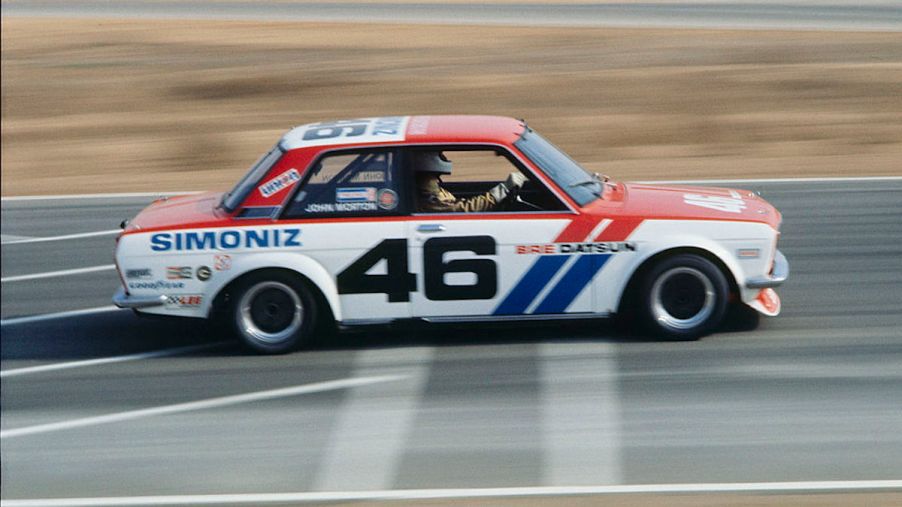
Datsun 510 Sedan Is a Hot Collectible Today Nissan Almost Brought Back
The Japanese car offerings were having a hard time shaking their pedestrian reputation until Datsun’s (Nissan today) 510 sedans hit the streets in 1968. It was still a somewhat Plain Jane boxy three-box design, but it was what was underneath that set it apart from previous Japanese sedans. It was a blast to drive, and it began a racing heritage for parent company Nissan still remembered fondly today. And it was important enough that Nissan did a modern 510 concept ten years ago that it should have put into production.
What was so special about the Datsun 510 sedan?
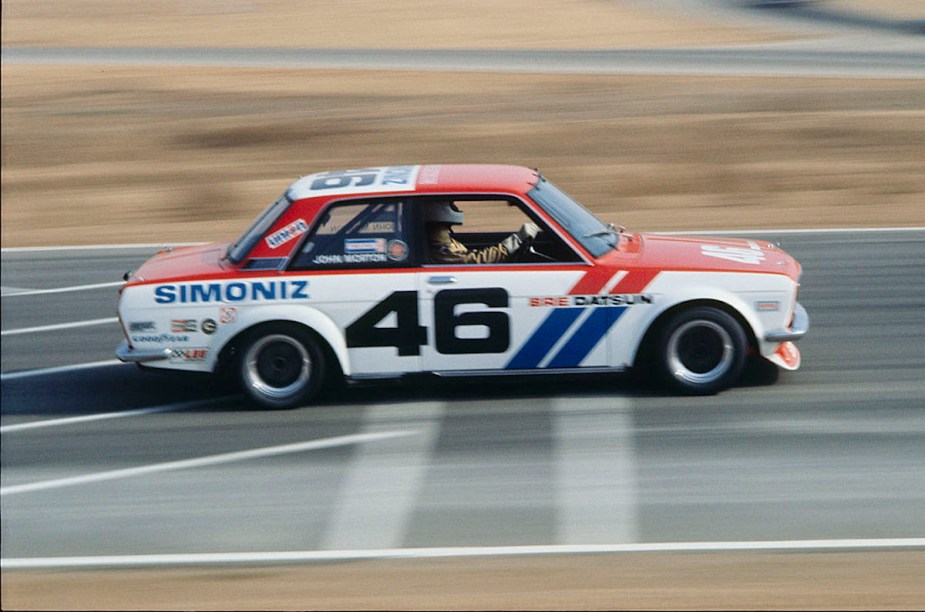
Conquering the U.S. market was not easy for Nissan. But its head of Datsun of America, Yutaka Katayama (Mr.K), set his foot soldiers on the road to making a Japanese version of the BMW 1600-2. That meant a handsome, simple sedan with bulletproof quality, and performance and handling rivaling BMW’s popular sedan. And, it had to be affordable.
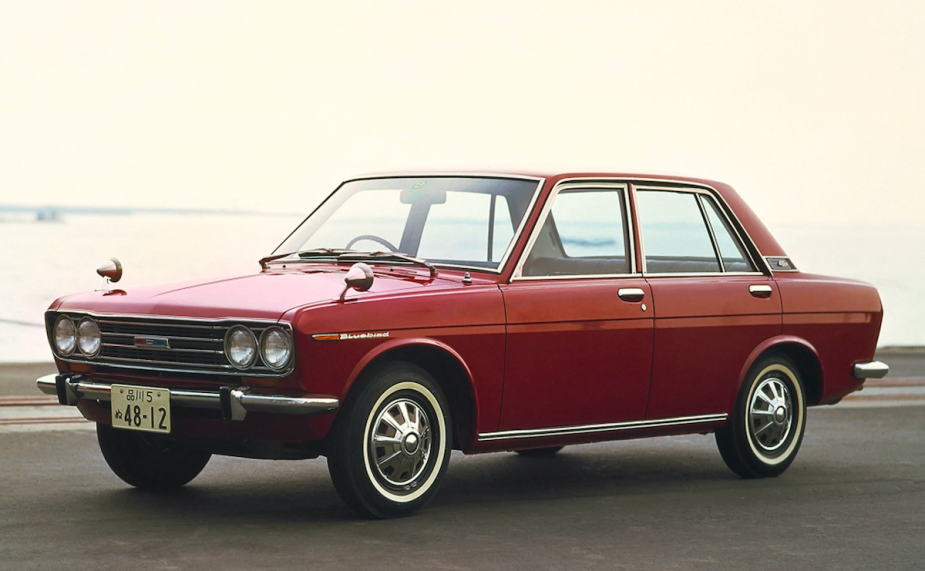
And six years later the proof was in the numbers. From 1968 to 1973 the 510 sold well above half-a-million examples, which included the two-door, four-door, and wagon versions. Its popular pickup truck also used various components from the 510, to amortize costs even more.
How well did the Datsun 510 do in racing?
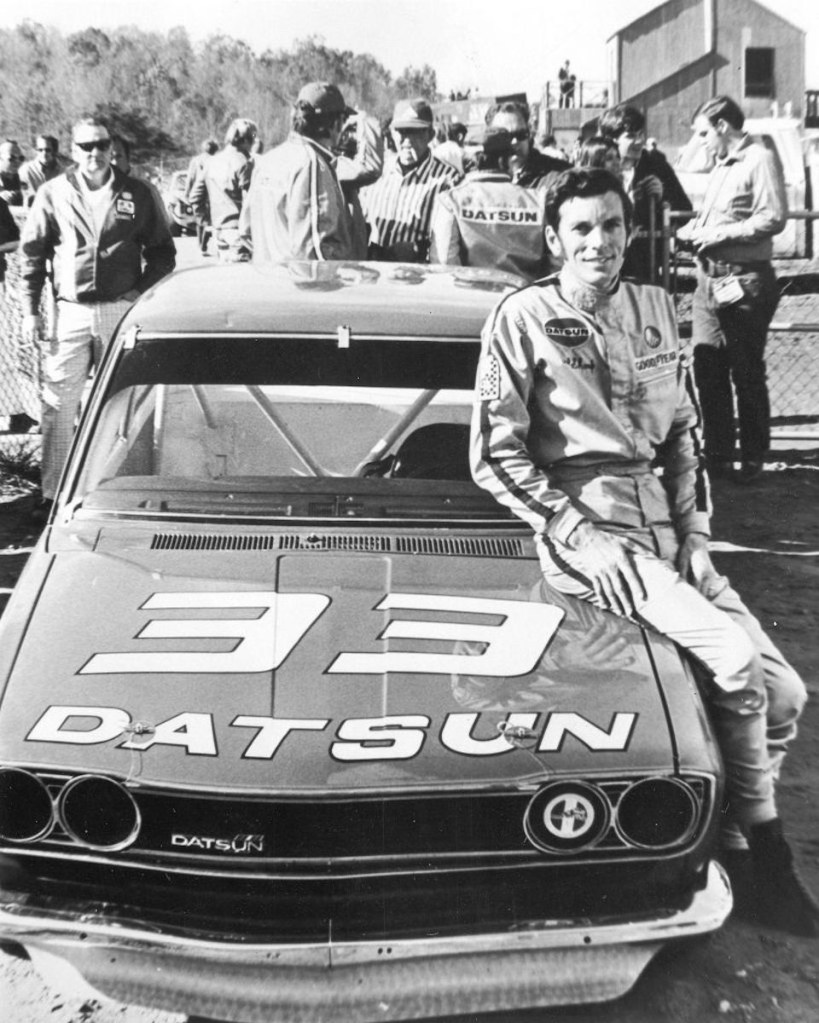
Like a BMW 1600, it was underpinned with independent suspension front and rear. Struts in front and trailing arms in the rear. Power came from a 1.6-liter SOHC four-cylinder with just shy of 100 hp. Disc brakes were standard, and inside, the 510 featured a practical, durable cabin along the lines of the VW Beetle. And all of this for the price of $2,000, or approximately $300 more than a Beetle.
Through Pete Brock’s BRE Racing, combined with his and partner John Morton’s driving skills, the red, white, and blue 510 sedans beat both BMWs and Alfa Romeos racing SCCA events in the early 1970s. Through 1972 BRE won two Trans-Am championships in the under 2500cc class. By then, Datsun had gone one big step further with the introduction of the sporty 240Z, with two cylinders added to the 510’s 1.6-liter four. And the rest is history.
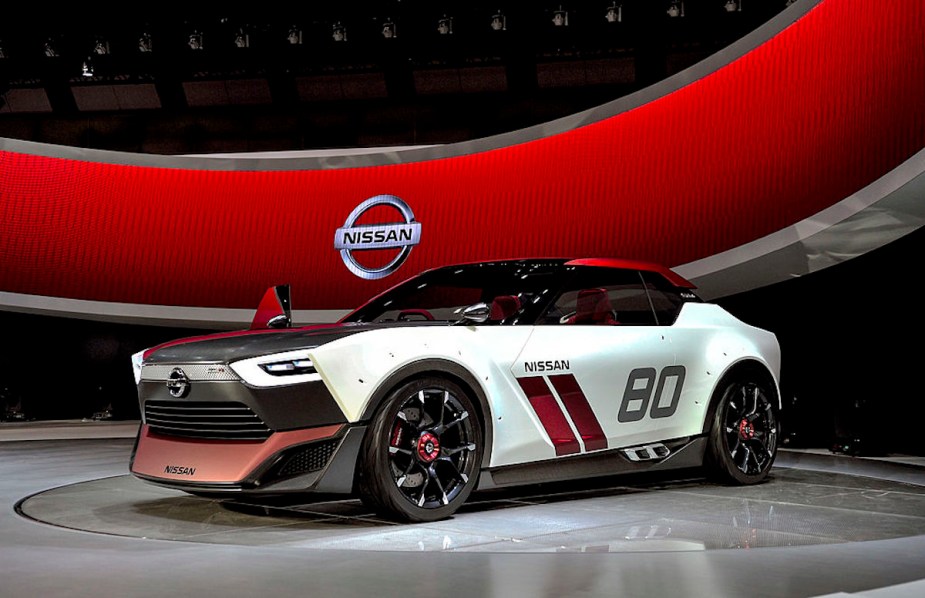
Moving into the new millennium, Nissan was looking to catch some of the spark left by the legacy of the 510. In 2013, it debuted a modern concept street and race version of the infamous 510. Christened the IDx Freeform and IDx Nismo respectively, they were instantly recognizable as the heirs to the 510 heritage.
Why didn’t Nissan make the IDx?
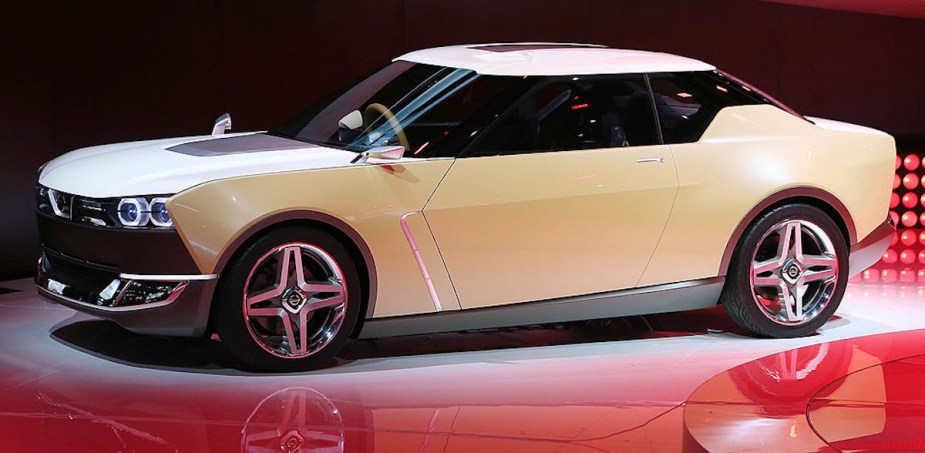
Especially the Nismo, with its BRE-inspired paint, looked ready to take on the SCCA all over again. Public reception was strong, and it looked like Nissan was ready to accommodate. But then, crickets. Nothing more was done, leaving Nissan with little to add to the excitement the IDX concepts provided until 10 years later and the 370 Z.
Rumors suggested the company had no production facility to handle manufacturing the IDx cars. Maybe so, or maybe not. What we know is that Nissan was barreling toward bankruptcy. In healthy years, it may have been worth the development costs to pull the trigger on production. But in the financial state it was in, there was little left in the kitty for anything other than bread-and-butter products.
So much for uplifting the company with something stylish, fresh, and exuding Nissan’s racing heritage and triumphs. It’s all Leafs and Sentras now, in case you didn’t notice.



